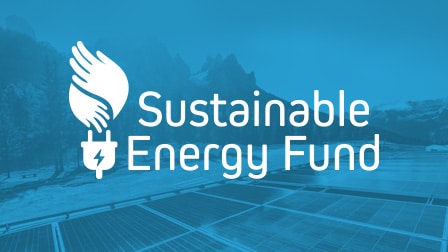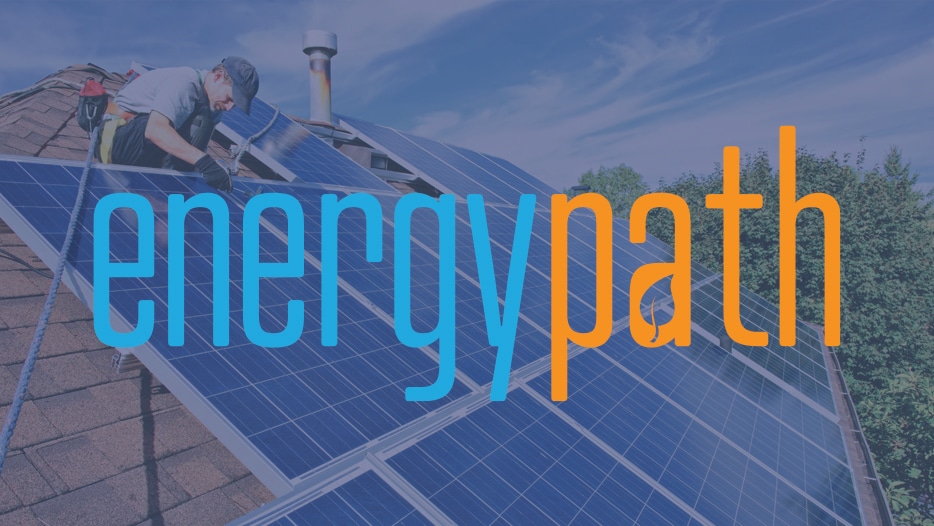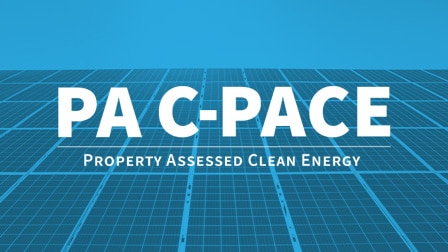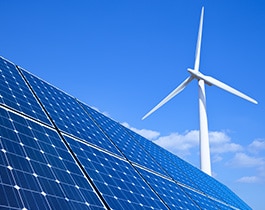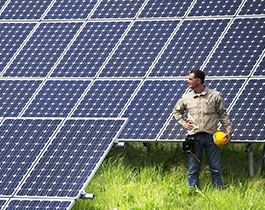SCHNECKSVILLE, PA., June 3, 2025—Sustainable Energy Fund (SEF) has announced the Family Promise of Carbon County...
» Read MoreThe Inflation Reduction Act: Part 3
Introduction:
This post aims to introduce some other incentives and opportunities modified or created in The Inflation Reduction Act. Guidance is still unreleased for several portions of the IRA and as such, information is subject to change. Sustainable Energy Fund is not an accounting agency. Please check with your accountant to verify the tax consequences.
Grants and Loan Guarantees
The IRA included several new programs and funding opportunities to be realized through grants and loan guarantees. One of the biggest provisions in the act was the allocation of $27 billion to the EPA for a Greenhouse Gas Reduction Fund. With these funds, grants will be awarded for projects reducing greenhouse gas emissions with a focus on environmental justice. The act also gave the authority to the Department of Energy to guarantee up to $40 billion in loans for projects utilizing new or improved technologies that avoid or reduce greenhouse gas emissions. Over $1.7 billion was also allocated to The Rural Energy for America Program (REAP). REAP is to provide grant funding and loan guarantees to agricultural operations and small rural businesses. Funding is to finance renewable energy and energy efficiency improvements.
179D Tax Deduction
The tax deduction for energy efficient commercial buildings was also modified in this act. It was made such that buildings owned by nonprofits and other like entities can qualify for the tax deduction as well. As this is a tax deduction and not a tax credit, these specific entities are not able to qualify for direct pay of this provision. Instead, in these cases, the deduction can be taken by the main designer of the building. New construction and retrofit buildings meeting certain energy efficiency requirements can qualify for a deduction of $0.50-$1.00 per square foot. This deduction is multiplied by 5 if prevailing wage and apprenticeship requirements are met. This would result in a maximum deduction amount of up to $5.00 per square foot for certain projects.
Provisions for the Individual
Several tax credits and incentives were also created or modified in the Inflation Reduction Act to benefit residents and individuals. Purchase of a clean vehicle could have a tax credit of up to $7,500 for a new vehicle or $4,000 for a previously owned vehicle. Residential clean energy and energy efficiency incentives were also extended and modified. In the case of the residential clean energy and energy efficiency home improvement credits, a maximum yearly credit amount of up to 30% of qualified expenses can be obtained for certain projects. Yearly limits are set for these programs and vary by technology. $9 billion was also allocated to states and tribes for home energy efficiency rebates.
Conclusion:For more information on how we can help with your commercial energy project, please do not hesitate to send us an email at [email protected] or call our office at 610-264-4440. Check back soon to hear more about The Inflation Reduction Act and other sustainability news.
